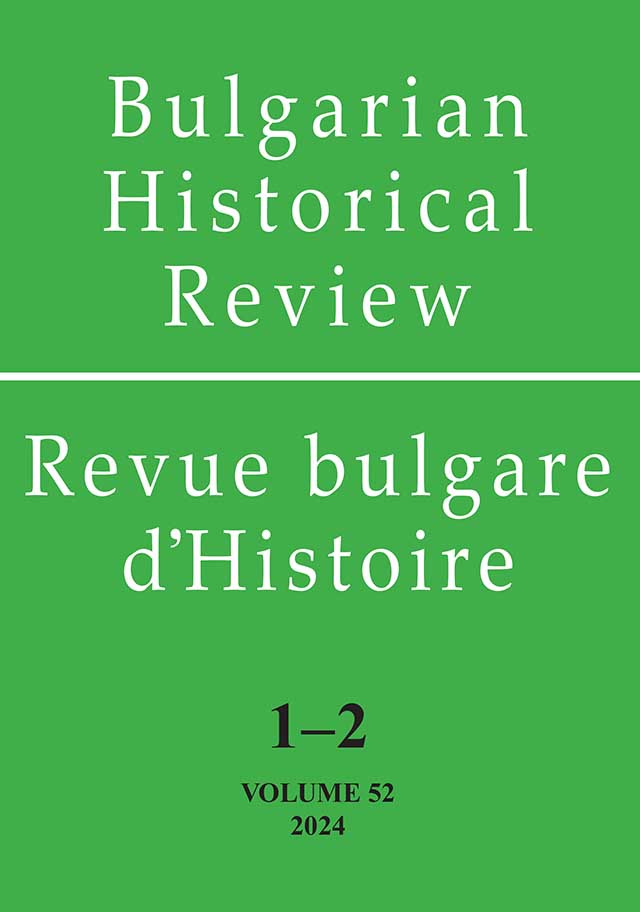
„Can we, the Czech Catholics, be Antisemites?“ Antisemitism at the Dawn of the Czech Christian-Social Movement
The aim of the present article is to provide first insights into the history of antisemitism in the Czech Christian Social movement before 1900. Historians have so far paid very little attention to Christian Socialism; for lack of relevant literature, I will briefly describe the inception of this movement and the first years of its activity. It is however, not my intention to give a detailed analysis of the history and the highs and lows of the Czech Christian Social movement. I shall concentrate on the philosophical, social, and political roots of its antisemitism.
More...














